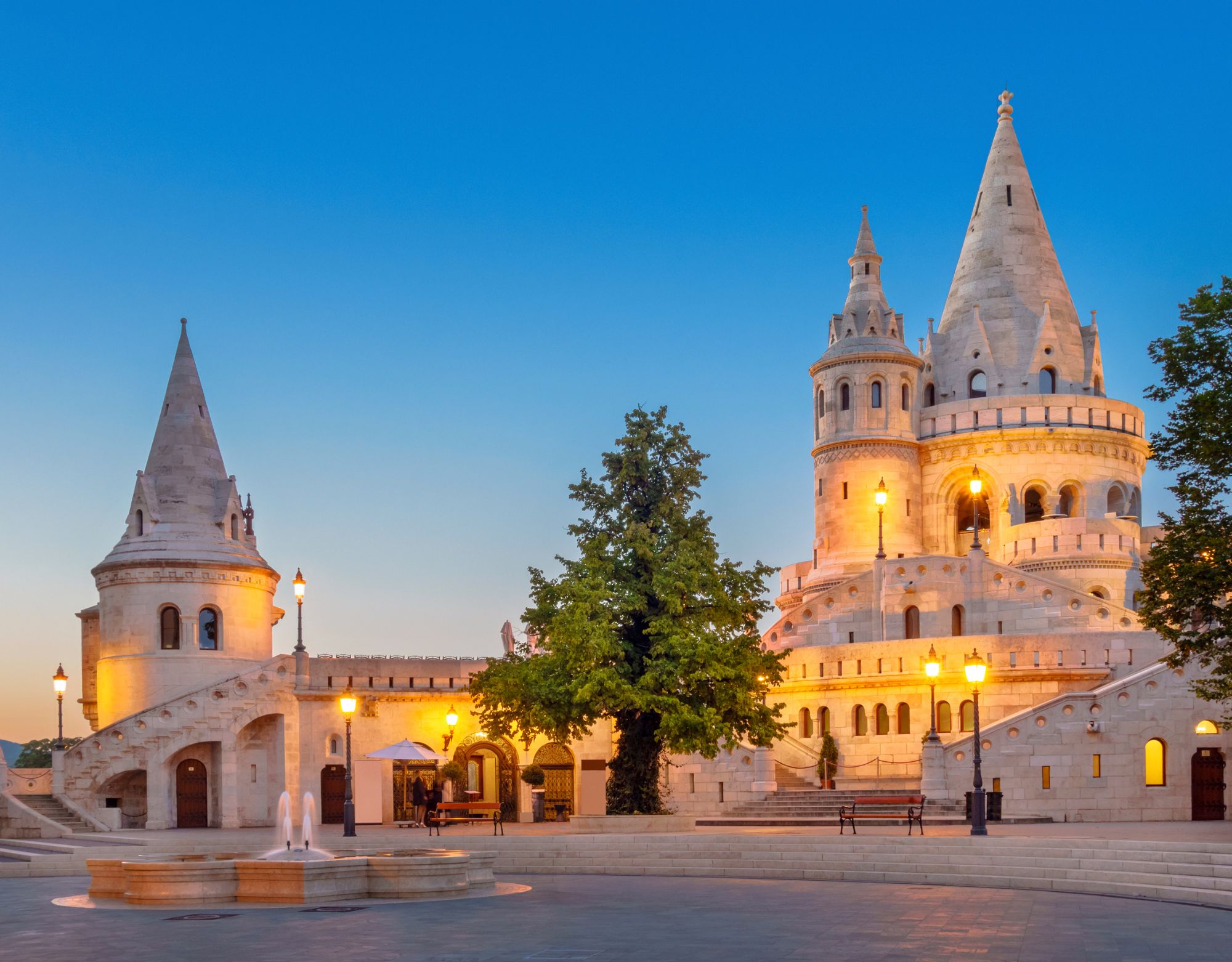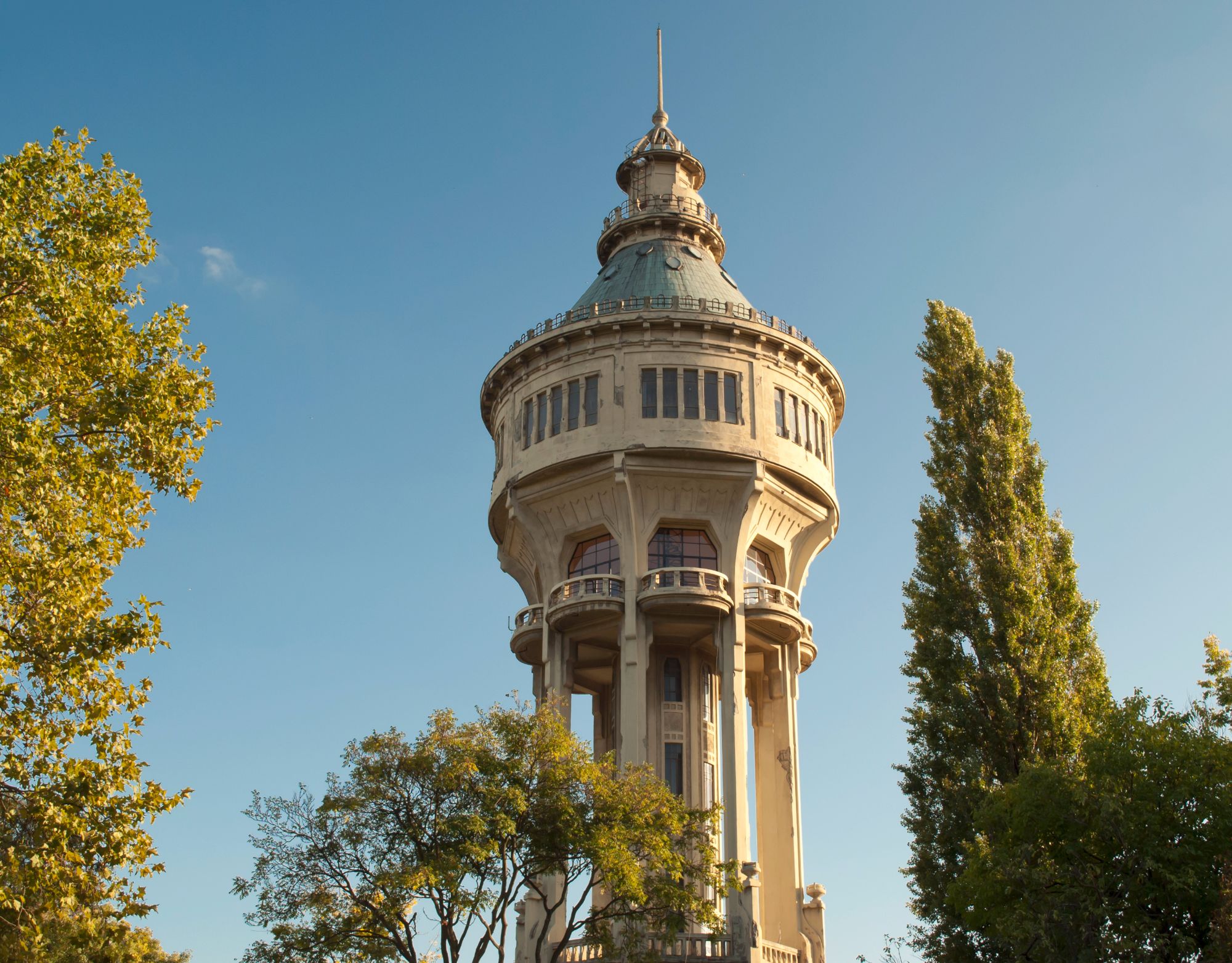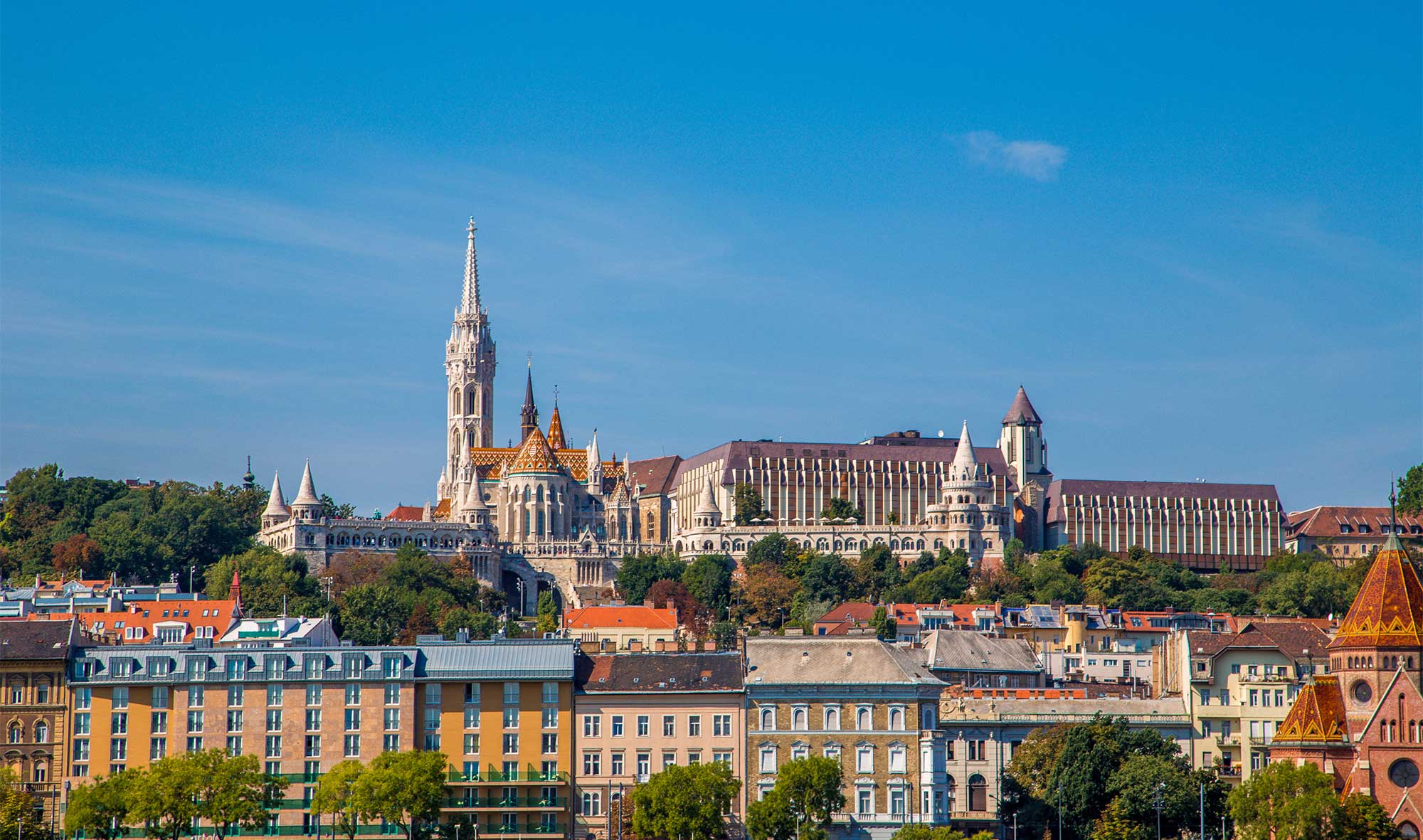Joining Buda and Pest
Our Budapest bus tours give you the best seat in the house to see the magnificent Chain Bridge. Built by British Architect William Tierney Clark, it spans the Danube and was the first permanent bridge in Budapest.
The story of the Chain Bridge
Before the bridge was built, the Danube separating Buda and Pest could only be crossed in two ways. In summer by floating pontoon barges, and in winter – by walking across the frozen ice. Imagine how irritating it would be to get stranded on one side or the other when the ice thawed. That’s just what happened to Count Szechenyi. Furious at missing his father’s funeral, he commissioned Chain Bridge to be built in 1836. It was completed in 1849.
Can the lions roar?
Chain Bridge is guarded on either side by fierce stone lions, sculpted by János Marschalkó. Local legend says that the sculptor drowned himself in the river when a spectator to the opening ceremony noticed that that the lions had no tongues. It’s not true. A view from above confirms that the lions indeed have tongues – so the sculptor would have lived a long and happy life after all.
Other interesting facts about Chain Bridge, Budapest
- In 1945 the bridge was blown up by Germans and then rebuilt after the War exactly as it was before
- Chain Bridge is a symbol of independence and was the site of demonstrations during the fall of the Iron Curtain in 1989
- The bridge is 1230 feet (375 metres) long and 53 feet (16 metres) wide
- When it was built, Chain Bridge was the longest suspension bridge in Europe
- When linked by Chain Bridge, the city was almost named Pestbuda






